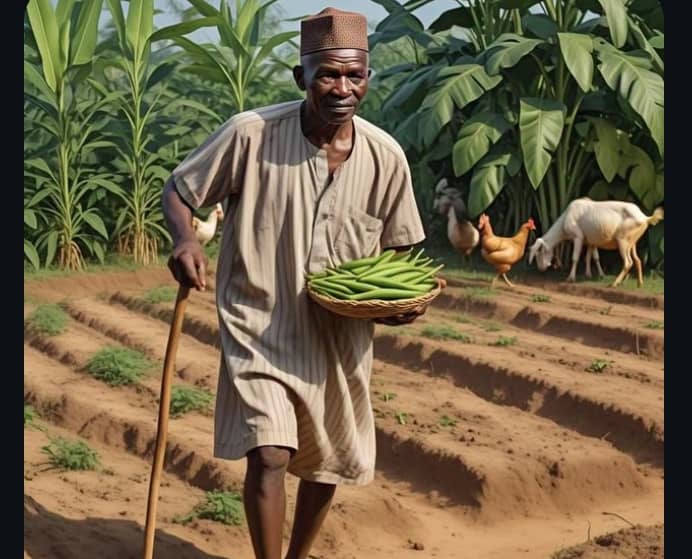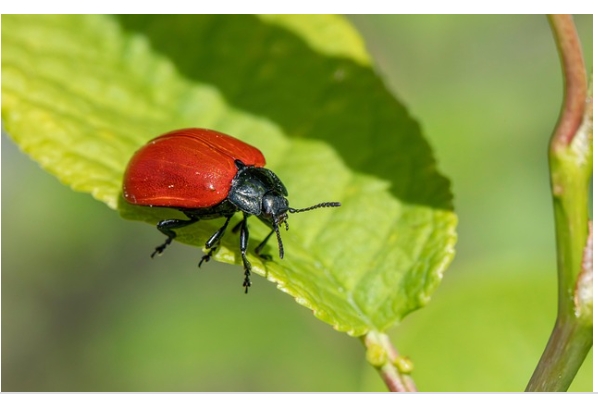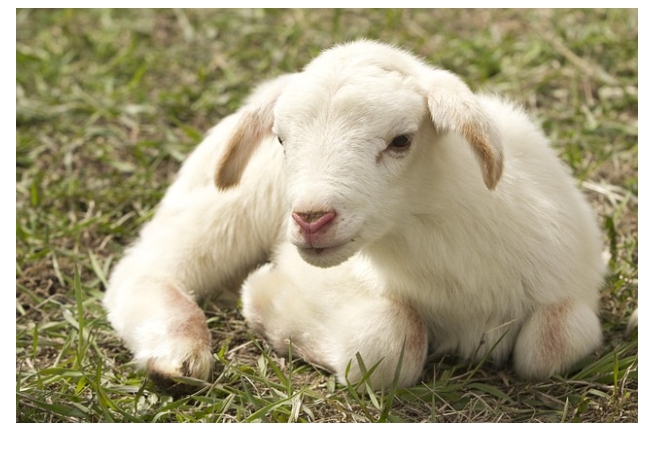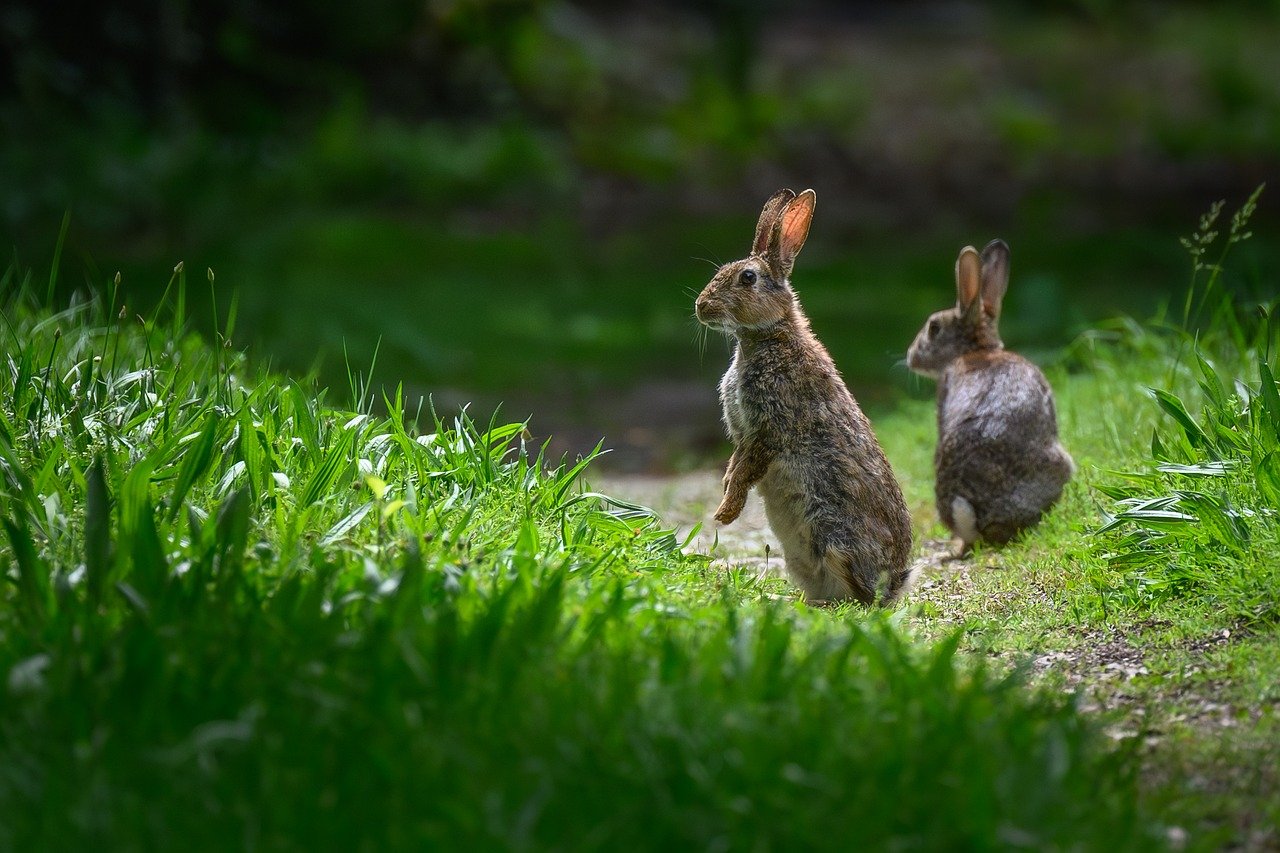Table of Contents
ToggleUnderstanding Weeds, Pests, and Their Impact on Farming
Introduction
Weeds and pests are two major challenges that farmers face in crop production. While weeds compete with crops for essential nutrients, pests cause significant damage that reduces crop yield. Understanding how to control these agricultural challenges is crucial for maintaining a healthy farm.
In this comprehensive guide, we will explore weeds, their effects, benefits, and control measures. We will also delve into crop pests, their classifications, damages they cause, and effective pest control methods. Whether you’re a student, teacher, or an aspiring farmer, this blog post will provide valuable insights into the world of weeds and pests.
Week 2: What Are Weeds?
Definition of Weeds
Weeds are unwanted plants that grow where they are not needed, particularly in farmlands. These plants compete with crops for water, sunlight, and nutrients, affecting overall productivity.
Common Weeds on the Farm
Some common weeds found in farms include:
-
Spear grass (Imperata cylindrica)
-
Goat weed (Ageratum conyzoides)
-
Waterleaf (Talinum triangulare)
-
Elephant grass (Pennisetum purpureum)
-
Wild sunflower (Tithonia diversifolia)
Creating a Weed Album
A weed album is a collection of different weed samples with their names, descriptions, and pictures. This helps students and farmers identify and understand various weeds found on farms.
Understanding Weeds, Pests, and Their Impact on Farming
Week 3: Effects of Weeds on Farmers
Weeds can cause serious problems for farmers, affecting crop growth and increasing production costs.
Negative Effects of Weeds
-
Competition for Nutrients – Weeds absorb essential nutrients meant for crops, leading to poor yield.
-
Reduction in Soil Moisture – They take up water from the soil, leaving crops dehydrated.
-
Spread of Diseases – Some weeds harbor pests and diseases that attack crops.
-
Increased Labor and Costs – Farmers spend money and time removing weeds to maintain farm productivity.
-
Lower Crop Quality – Weeds can make harvesting difficult and contaminate food products.
Solutions to Weed Problems
-
Timely Weeding – Removing weeds before they mature helps control their spread.
-
Use of Herbicides – Selective herbicides can help control specific weed species.
-
Crop Rotation – Planting different crops in cycles can prevent weed dominance.
-
Mulching – Covering the soil with plant materials suppresses weed growth.
Understanding Weeds, Pests, and Their Impact on Farming
Week 4: Control of Weeds
Weeds can be controlled using different methods, including manual, chemical, and biological approaches.
Methods of Weed Control
-
Manual Weeding – This involves uprooting weeds by hand or using simple tools like hoes and cutlasses.
-
Mechanical Weeding – Machines such as tractors and weeders are used to clear large areas.
-
Chemical Control – Herbicides like glyphosate and paraquat help kill weeds quickly.
-
Biological Control – Natural weed enemies such as insects or fungi can help suppress weeds.
Importance of Weed Control
-
Promotes healthy crop growth
-
Reduces pest and disease outbreaks
-
Increases farm productivity
-
Lowers farming costs in the long run
Practical Weed Control in School Farms
Students can actively participate in controlling weeds by removing them from school farms or gardens. This serves as hands-on training in agricultural practices.
Control of Weeds Agricultural Science Primary 5
Week 5: Benefits of Weeds
Although weeds are mostly seen as harmful, they also have some benefits.
How Weeds Benefit Animals and Humans
-
Animal Feed – Some weeds like elephant grass serve as food for livestock.
-
Medicinal Use – Certain weeds like bitter leaf (Vernonia amygdalina) are used in traditional medicine.
-
Soil Improvement – Some weeds add organic matter to the soil when decomposed.
-
Food for Humans – Some edible weeds like waterleaf are used in cooking.
Benefits of Weeds: How Weeds Benefit Humans & Animals
Week 6: Pests and Diseases of Crops
Definition of Crop Pests
Crop pests are organisms that feed on crops and cause significant damage. They include insects, rodents, and birds.
Types of Insect Pests
-
Piercing and Sucking Insects – These insects suck sap from plants, weakening them. Examples include aphids and whiteflies.
-
Burrowing and Boring Insects – These insects damage crops by creating holes in stems and roots. Examples include stem borers and weevils.
Understanding Weeds, Pests, and Their Impact on Farming
Week 7: Mid-Term Test and Break
Students can use this period to revise key topics and prepare for assessments.
Week 8: Classification of Insect Pests
Classification Based on Mouthparts
-
Chewing Pests – These pests bite and chew plant parts. Examples: Grasshoppers, caterpillars.
-
Piercing and Sucking Pests – These pests suck plant sap. Examples: Aphids, mealybugs.
-
Boring Pests – These pests bore into stems and fruits. Examples: Stem borers, fruit flies.
Why Classification is Important
-
Helps in identifying the right control methods
-
Prevents unnecessary pesticide use
-
Promotes sustainable pest management
Week 9: Damages Caused by Pests
How Pests Damage Crops
-
Eating Plant Parts – Some pests feed on leaves, stems, and roots.
-
Transmitting Diseases – Insect pests spread viruses and fungi.
-
Reducing Crop Quality – Damaged crops fetch lower prices in the market.
Preventing Pest Damage
-
Use pest-resistant crop varieties
-
Monitor crops regularly
-
Apply biological or chemical control methods
Week 10: Control of Insect Pests
Methods of Pest Control
-
Use of Pesticides – Chemicals like insecticides kill pests quickly.
-
Biological Control – Using natural enemies of pests, such as ladybugs to eat aphids.
-
Cultural Practices – Crop rotation and proper spacing reduce pest attacks.
-
Physical Control – Setting traps and handpicking pests.
Advantages and Disadvantages of Biological Control
✅ Advantages:
-
Environmentally friendly
-
Does not leave harmful residues
-
Sustainable
❌ Disadvantages:
-
Slower than chemical methods
-
Requires careful monitoring
Practical Pest Control on School Farms
Students can participate in pest control exercises such as setting traps, applying pesticides, or using organic methods.
Conclusion
Weeds and pests are major challenges in agriculture, but with proper management, farmers can minimize their negative effects. Understanding how to identify, classify, and control these agricultural threats is essential for better crop production.
Primary 5 Agricultural Science Scheme of Work
Week 2: Weeds
By the end of the lesson, pupils should be able to:
-
Define weeds.
-
Identify common weeds found on the farm.
-
Create a weed album.
Week 3: Effects of Weeds on Farmers
By the end of the lesson, pupils should be able to:
-
Identify the effects of weeds on crops and farmers.
-
Suggest possible solutions to weed-related problems.
Week 4: Control of Weeds
By the end of the lesson, pupils should be able to:
-
Outline methods of controlling weeds.
-
Identify the importance of weed control on the farm.
-
Control weeds at the school farm and within the school compound.
Week 5: Benefits of Weeds
By the end of the lesson, pupils should be able to:
-
Enumerate the benefits of weeds to animals and humans.
-
Discuss how weeds are used for medicine.
Week 6: Pests and Diseases of Crops
By the end of the lesson, pupils should be able to:
-
Define pests of crops.
-
Identify various insect pests.
Week 7: Mid-term Test and Break
Week 8: Classification of Insect Pests
By the end of the lesson, pupils should be able to:
-
Classify insect pests according to their mouthparts.
-
Outline examples of insects in each group.
-
Justify the reason for classification.
Week 9: Damages Caused by Pests
By the end of the lesson, pupils should be able to:
-
Identify the damages caused by pests on crops.
-
Describe how pests damage crops.
-
Provide solutions on how to prevent pest damage.
Week 10: Control of Insect Pests
By the end of the lesson, pupils should be able to:
-
Outline various methods of controlling pests.
-
Describe the advantages and disadvantages of biological pest control.
-
Carry out different pest control methods on the school farm.
Fill-in-the-Gap Questions (15 Questions with Options)
-
Weeds are unwanted plants that grow in the __________.
a) River
b) School
c) Farm
d) House -
One example of a common farm weed is __________.
a) Rice
b) Waterleaf
c) Spear grass
d) Orange -
Weeds affect farmers by competing with crops for __________.
a) Water, nutrients, and sunlight
b) Insects and birds
c) Television and radio
d) Books and pens -
One way to control weeds in the farm is by __________.
a) Watering them
b) Allowing them to grow
c) Uprooting them
d) Feeding them with fertilizer -
Weeds can be beneficial because they are used as __________ for animals.
a) Decorations
b) Feed
c) Furniture
d) Cloth -
An example of a pest that damages crops is the __________.
a) Mosquito
b) Termite
c) Butterfly
d) Cockroach -
Insect pests that pierce and suck plant sap are called __________ pests.
a) Biting
b) Chewing
c) Piercing and sucking
d) Boring -
The main reason why pests damage crops is because they __________.
a) Play around them
b) Feed on them
c) Protect them
d) Plant more crops -
One method of controlling pests is by using __________.
a) Pesticides
b) Perfume
c) Manure
d) Salt -
Biological control of pests involves using __________.
a) Chemicals
b) Other animals to eat pests
c) Fire
d) Plastic -
The mouth part of a chewing insect is called __________.
a) Mandibles
b) Snout
c) Teeth
d) Beak -
A boring insect pest damages crops by __________.
a) Playing with them
b) Digging into them
c) Sleeping on them
d) Painting them -
One advantage of biological pest control is that it is __________.
a) Cheap and natural
b) Expensive and dangerous
c) Hard to apply
d) Ineffective -
Weeds can be used for medicine, an example is __________.
a) Bitter leaf
b) Plastic
c) Salt
d) Yam -
The damage caused by insect pests on crops results in __________.
a) Higher yield
b) Poor harvest
c) Growth of more crops
d) Healthy crops
Evaluation Questions (10 Questions)
-
Define weeds and give two examples of common weeds found on a farm.
-
Explain three ways in which weeds affect farmers negatively.
-
Suggest three methods of controlling weeds and explain how each method works.
-
State two benefits of weeds to animals and humans.
-
Define crop pests and classify them based on their feeding habits.
-
Explain the difference between piercing and sucking pests and burrowing pests, giving one example of each.
-
Describe three ways in which pests damage crops.
-
List and explain two advantages and two disadvantages of using pesticides for pest control.
-
Identify and describe three biological methods of pest control.
-
Why is it important to control weeds and pests on a farm?Discuss two major reasons.
Answers to the Fill-in-the-Gap and Evaluation Questions
Answers to Fill-in-the-Gap Questions
-
Weeds are unwanted plants that grow in the c) Farm.
-
One example of a common farm weed is c) Spear grass.
-
Weeds affect farmers by competing with crops for a) Water, nutrients, and sunlight.
-
One way to control weeds in the farm is by c) Uprooting them.
-
Weeds can be beneficial because they are used as b) Feed for animals.
-
An example of a pest that damages crops is the b) Termite.
-
Insect pests that pierce and suck plant sap are called c) Piercing and sucking pests.
-
The main reason why pests damage crops is because they b) Feed on them.
-
One method of controlling pests is by using a) Pesticides.
-
Biological control of pests involves using b) Other animals to eat pests.
-
The mouth part of a chewing insect is called a) Mandibles.
-
A boring insect pest damages crops by b) Digging into them.
-
One advantage of biological pest control is that it is a) Cheap and natural.
-
Weeds can be used for medicine, an example is a) Bitter leaf.
-
The damage caused by insect pests on crops results in b) Poor harvest.
Answers to Evaluation Questions
1. Define weeds and give two examples of common weeds found on a farm.
Answer:
Weeds are unwanted plants that grow in places where they are not needed, especially on farms, competing with crops for nutrients, water, and sunlight.
Examples:
-
Spear grass (Imperata cylindrica)
-
Goat weed (Ageratum conyzoides)
2. Explain three ways in which weeds affect farmers negatively.
Answer:
-
Nutrient Competition – Weeds absorb essential nutrients from the soil, making crops weak and less productive.
-
Harboring Pests and Diseases – Some weeds provide shelter for harmful pests and disease-causing organisms that attack crops.
-
Increased Farming Costs – Farmers spend extra money and effort to remove weeds manually or through herbicides.
3. Suggest three methods of controlling weeds and explain how each method works.
Answer:
-
Manual Weeding – This involves physically removing weeds using hands or simple tools like hoes and cutlasses.
-
Chemical Control – This involves using herbicides to kill or suppress weed growth.
-
Biological Control – This method uses natural enemies such as insects or fungi to suppress weed growth.
4. State two benefits of weeds to animals and humans.
Answer:
-
Animal Feed – Some weeds, like elephant grass, are used as fodder for livestock.
-
Medicinal Uses – Certain weeds, such as bitter leaf, are used for traditional medicine.
5. Define crop pests and classify them based on their feeding habits.
Answer:
Crop pests are organisms that attack crops, causing damage and reducing yield.
Classification based on feeding habits:
-
Chewing pests (e.g., caterpillars) bite and chew plant parts.
-
Piercing and sucking pests (e.g., aphids) suck plant sap.
-
Boring pests (e.g., stem borers) dig into plant stems and fruits.
6. Explain the difference between piercing and sucking pests and burrowing pests, giving one example of each.
Answer:
-
Piercing and Sucking Pests – These pests use their needle-like mouthparts to suck plant sap. Example: Aphids.
-
Burrowing Pests – These pests dig into plant stems, roots, or fruits, causing internal damage. Example: Stem borers.
7. Describe three ways in which pests damage crops.
Answer:
-
Eating Plant Parts – Some pests feed on leaves, stems, and fruits, reducing crop quality.
-
Spreading Diseases – Certain pests carry viruses, bacteria, and fungi that infect crops.
-
Causing Physical Damage – Boring pests create holes in plant stems and fruits, making them unfit for consumption.
8. List and explain two advantages and two disadvantages of using pesticides for pest control.
Answer:
Advantages:
-
Quick and Effective – Pesticides kill pests immediately, preventing widespread damage.
-
Easy to Apply – Farmers can easily spray pesticides using simple equipment.
Disadvantages:
-
Environmental Pollution – Excessive pesticide use contaminates soil and water.
-
Harm to Useful Insects – Pesticides can kill beneficial insects like bees and ladybugs.
9. Identify and describe three biological methods of pest control.
Answer:
-
Use of Predators – Introducing natural enemies of pests, such as ladybugs that eat aphids.
-
Use of Parasites – Some small wasps lay eggs inside harmful pests, killing them.
-
Use of Microorganisms – Fungi and bacteria can be used to infect and kill insect pests.
10. Why is it important to control weeds and pests on a farm? Discuss two major reasons.
Answer:
-
To Improve Crop Yield – Controlling weeds and pests ensures that crops grow well and produce more food.
-
To Reduce Farm Losses – Effective weed and pest control helps farmers save money and avoid economic losses.
Related posts:
- Rearing of Farm Animals – Primary 5 Lesson Note (Third Term)
- Procedures for Rearing Farm Animals
- Easy Guide to Rearing Chickens, Rabbits & Snails for Beginners
- Systems of Rearing Farm Animals: Intensive, Extensive & Semi-Intensive
- Primary 5 Agricultural Science Lesson Note First Term Review of Primary 4













